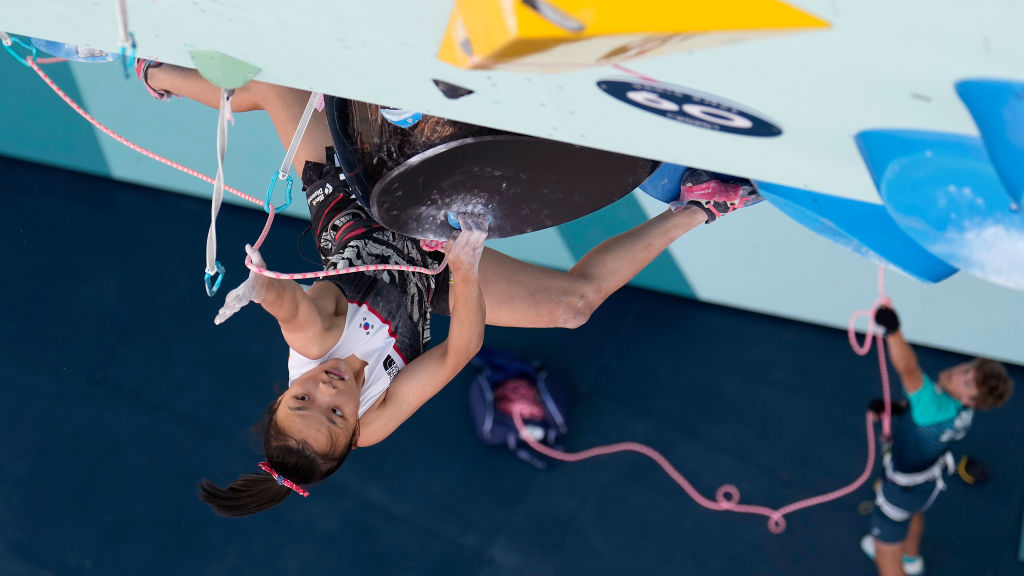What is the Western States Endurance Run – and why is it such a big deal in ultra running?
It's the original 100-miler, but that's not the only thing that makes this iconic trail race special
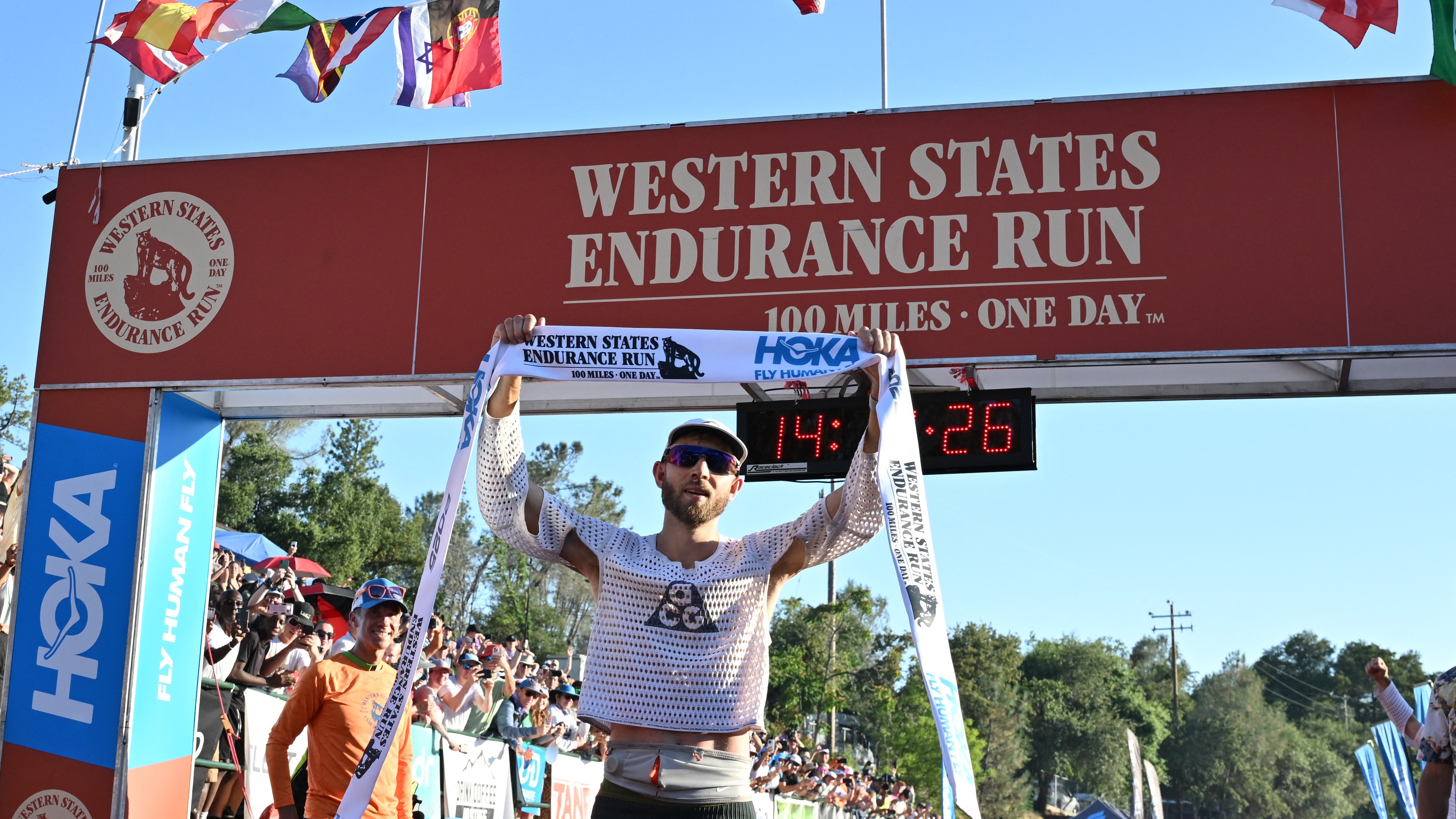
Among the many 100-mile trail races across the world these days – and let’s face it, there seems to be one a week – one reigns supreme as the most prestigious, and that’s California’s Western States Endurance Run.
Western States isn’t the biggest trail race in terms of competitors – it sees just a few hundred runners compared to the thousands who compete in the UTMB finals in Chamonix. It’s tough, but perhaps not as tough as the Tors de Geants or the Marathon des Sables, just to name a couple of gruelling ultras. It doesn’t offer a prize purse to the winner, and while that’s not unique in the world of trail running, if you wanted to make bank, you’d be better off angling for the Run Rabbit Run 100, which awards the first-place finisher $15,000.
So why is Western States such a big deal in ultra running? In this article, we took a look at this iconic endurance race, from its unlikely origins to the details that make a silver belt buckle one of the most coveted finisher prizes in ultra running.
What is the Western States Endurance Run?
Western States (WSER) is a 100-mile trail race that starts in Olympic Valley at the base of Palisades Tahoe ski resort, travels southwest, and finishes on the running track at Placer High School in the gold rush town of Auburn. Most of the terrain between those two points is remote and rugged, taking competitors over 18,090ft (5,500m) of ascent and 22,970ft (7,000m) of descent.
The highest point on the course is at Emigrant Pass, at 8,750ft (2,667m), and participants have to ford the American River at mile 78 (when the river is too high, they are ferried across by raft). But to understand why the WSER is such a big deal, you first have to understand the origins of this race.
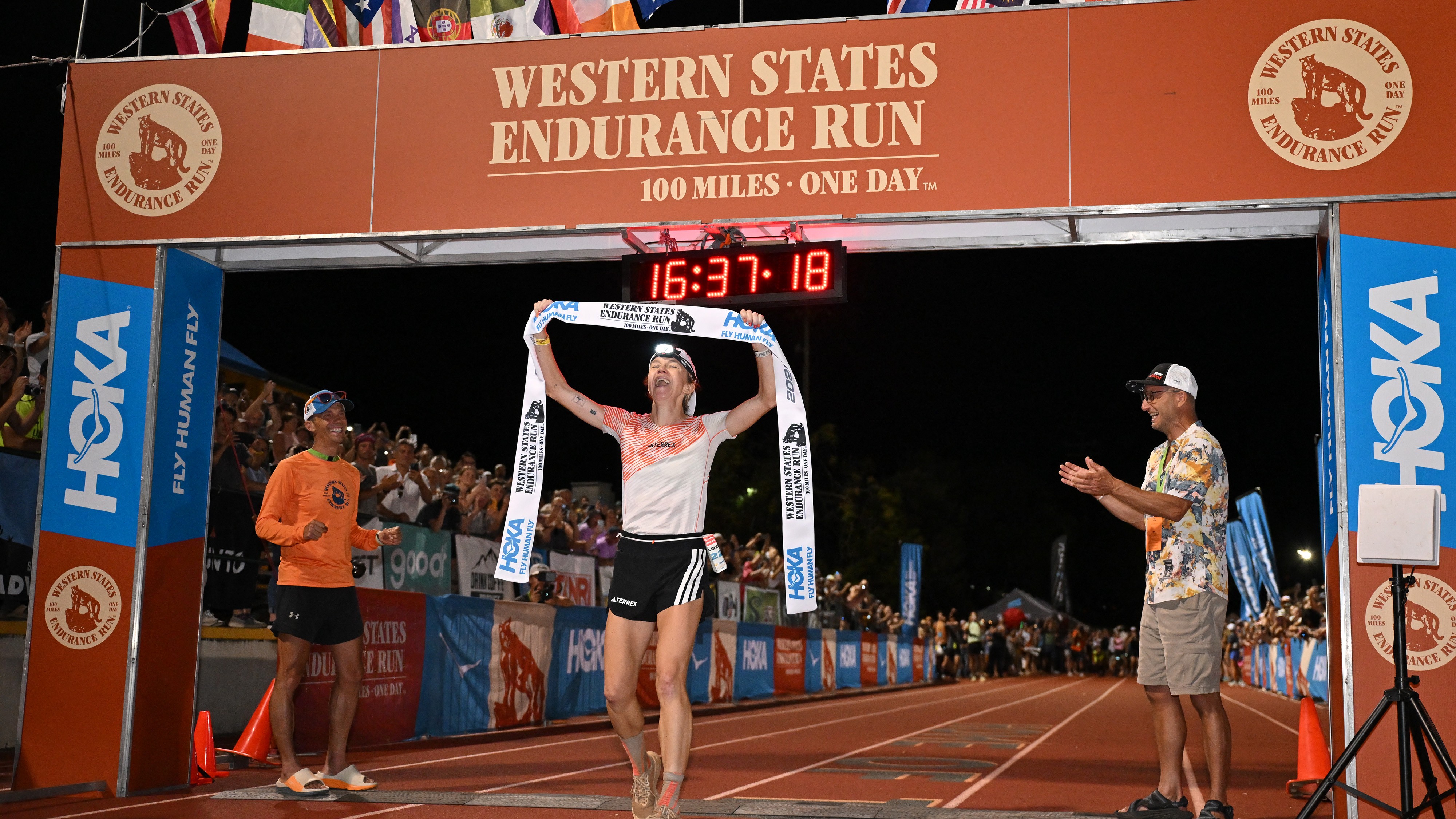
Half a century of endurance
Western States claims the distinction of being the world’s oldest 100-mile trail race, and since no one has come along to challenge that title, we’re going to assume it’s true. To run in the Western States, therefore, is to take part in one of trail running's seminal events. In fact, this race predates the very concept of trail running, Hoka, Salomon, hydration vests, and everything that’s come to represent the sport as we know it today.
This historic race, which makes up one-fifth of the Grand Slam of Ultra Running, follows a portion of the Western States Trail (which goes from Salt Lake to Sacramento) in California’s Sierra Nevada mountains. The route was originally used by native Americans for trade before the pioneers and gold rush miners used it to move between California’s gold fields and Nevada’s silver mines.
All the latest inspiration, tips and guides to help you plan your next Advnture!
The first race along the route wasn’t a foot race; in 1955, the first Tevis Cup (officially known as The Western States Trail Ride) was held. This equestrian race required competitors to complete the route in under 24 hours to be considered finishers. According to an article in the Reno-Gazette Journal, the first time anyone attempted to run the race on foot was when a group of Fort Riley soldiers tried it in 1972. Of the 20 who started, seven finished.
In 1974, runner Gordy Ainsleigh became the first to complete the race on foot in under 24 hours, and in 1977, the first official Western States Endurance Run foot race was held concurrently with the horse race, with just 16 runners competing. Just like the horse race, runners had 24 hours to finish, and of the three who ran the entire 100 miles, only Andy Gonzalez made the official cutoff. The following year, a sub-30-hour category was added, and the foot race was moved a month earlier so as not to clash with the equestrian race.

By 1978, the race had a board of directors, aid stations, and drew 67 runners, including the first woman finisher, Pat Smythe. In 1980, a lottery system was implemented to limit numbers. Western States has now run every year for nearly 50 years, with the exception of 2008 (poor air quality due to wildfires) and 2020 (COVID).
The current record holders for WSER are Jim Walmsley, who arrived at the finish line in 14:09:28 in 2019, and Courtney Dauwalter, who punched in at 15:29:33 in 2023. Trail running legend Scott Jurek holds the men’s record for consecutive victories with seven wins between 1999 and 2005. Ann Trason has won the race 14 times and held the women’s course record of 17:37:51 (set in 1994) for 18 years, until Ellie Greenwood achieved a new fastest time in 2012.
Today, WSER is just one of hundreds (or perhaps thousands) of 100-mile races across the world, but more than any other, it allows today’s runners to feel they are connected to trail running history. Those who complete the course in under 24 hours receive a handcrafted silver buckle, while the sub-30 finishers get a bronze buckle, and since 2021, all finishers receive a Running Stone to enter the lottery for the UTMB finals.

Striking gold
One of the reasons a place in Western States has become so desirable is scarcity. Because a section of the course runs through the Granite Chief Wilderness, race organizers have agreed to a cap of just 369 runners to retain permission to continue. Not all of those places are up for grabs via lottery, however.
Each year, the top 10 men and women are invited back for the following year, bringing the number of available spots down to 349 (if every runner accepts), but there are also up to 28 spots (14 each for men and women) that are given away at select Golden Ticket races, which include the Black Canyon 100k, CCC at UTMB, Javelina Jundred, Canyons Endurance Runs 100k, Tarawera 100k and the Chianti Ultra Trail by UTMB. Basically, in these races, the first-placed man and woman receive automatic entry into the race. If they choose to pass, as Francesco Puppi did after winning the 2025 Canyons by UTMB 100k, the ticket goes to the next-placed runner.
So that brings the total number of lottery tickets down to only 321, making each space highly competitive. To enter the lottery, you have to have completed a qualifying race in the 12 months before the lottery application period. Consequently, it can take years – and by some accounts decades – to earn your spot in the race via lottery.
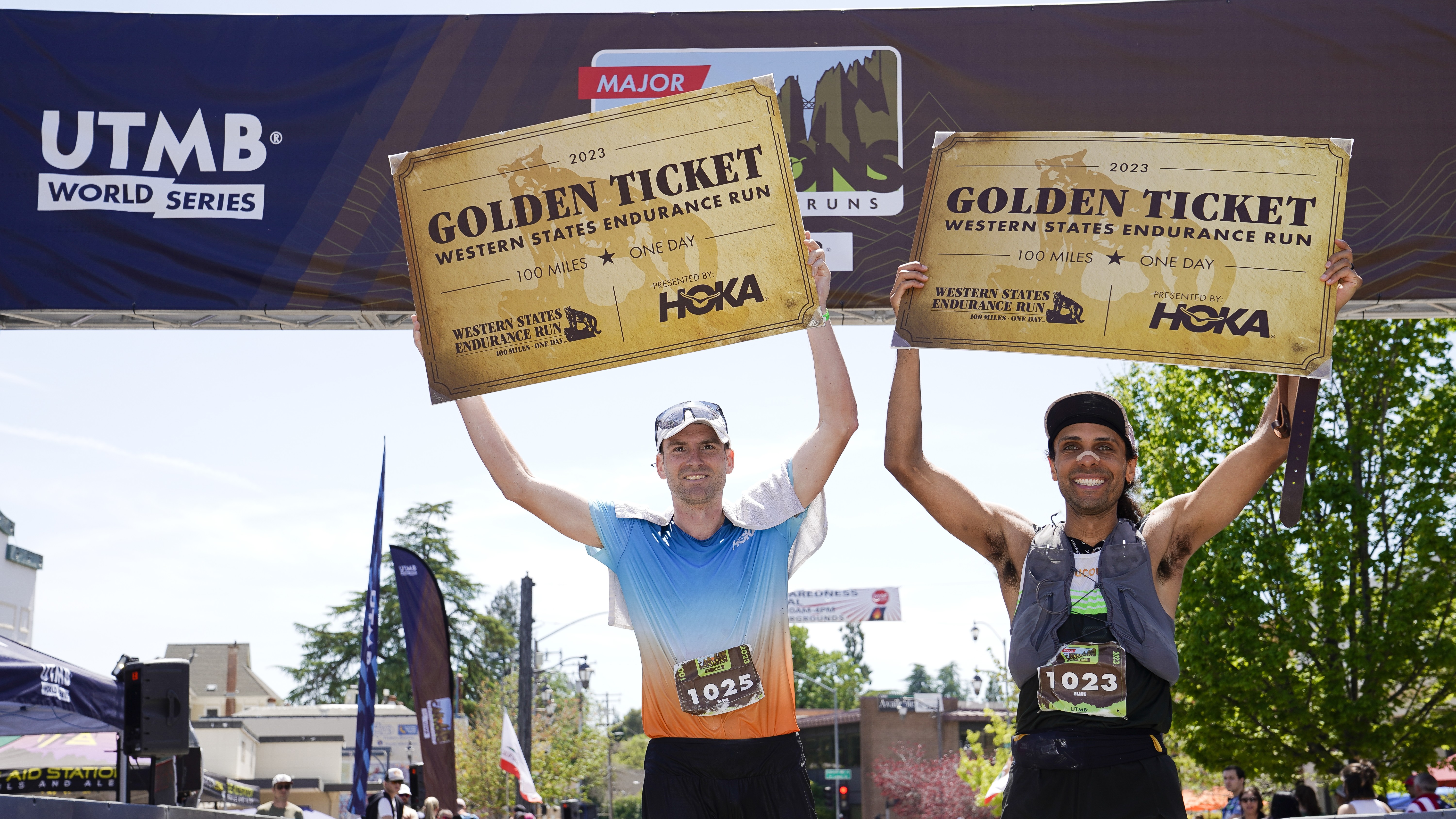
An elite field like no other
It’s true that many big trail races attract a lot of elites, but if it seems like Western States has an abnormally high volume of elite runners, that’s probably because it does.
Thanks to the Golden Ticket process and the invitation of previous year’s top 10 finishers, more than 10 percent of all entrants are, by definition, elite runners. This means that this particular race is especially competitive, and practically no matter who is racing, the event is always an exciting showdown.
Elite runners will often make the trek to the race even if they are not competing, and the town of Auburn is overrun with the best in the field in the days leading up to the race.
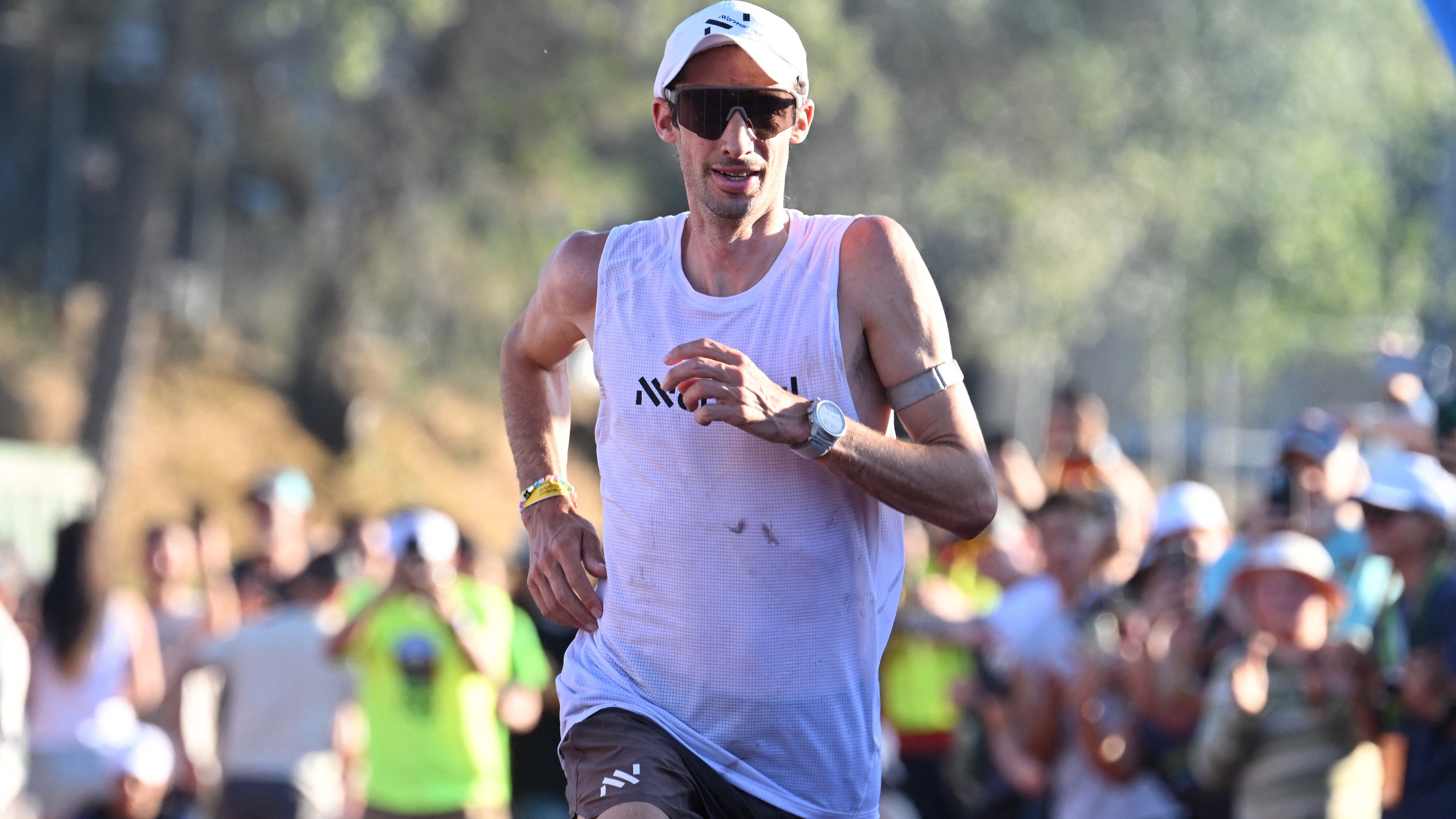
Not for the faint of heart
If you were paying attention to the course stats, you’ll have noticed that WSER entails more downhill than it does uphill, but make no mistake, that does not mean it’s an easier course than other Grand Slam races.
While it’s true that the total elevation gain of the course is significantly less than that of the UTMB or Hardrock 100 (by around 14,000ft) and it lacks the high-altitude terrain of races like Hardrock and Leadville 100, the organizers of WSER warn that the course differs from other major races substantially, and is not to be taken lightly.
The highest point on the course is reached within the first five miles, which means that right out of the gate, you’re climbing 2,550 vertical feet (777m). Meanwhile, over 18,000ft of ascent is nothing to scoff at – that’s more than climbing Mont Blanc. The variation in altitude also means that runners frequently encounter snow and temperatures over 100°F (37.7°C) in the same race.
The real challenge though is the remoteness of the course, which passes through high mountains and deep canyons that can only be reached by foot, horse or helicopter. That means that training runs on the course are more risky, and runners are warned not to attempt the river crossing as part of their training.
On the course, you’ll need to be mentally prepared for at least one night very far removed from the nearest town, and you shouldn’t expect crowds at regular intervals cheering you on like at other races. You might, however, encounter rattlesnakes, mountain lions or bears, like Jim Walmsley in 2018 (not that it slowed him down).
Finally, those downhill sections, which are an inevitable part of most races that also go up, can be up to 16 miles long with grades of over six percent, and these can be savage on your quads and knees.
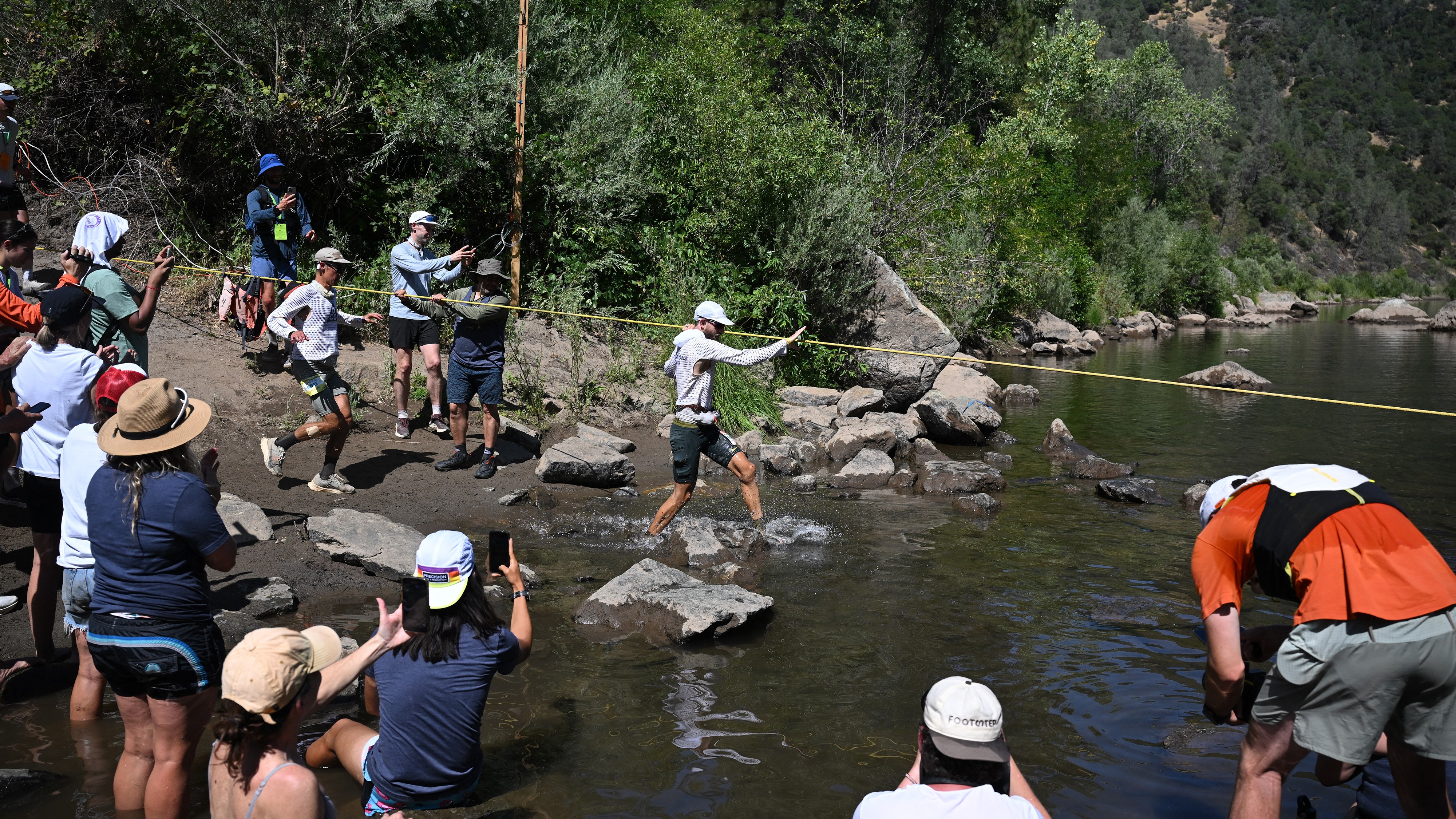
How can I watch this year’s Western States?
You can follow all the action live at the Western States 100 YouTube channel with commentary and increasingly great footage and coverage.
- Best trail running shoes: tough footwear for technical terrain
- The best running poles: for ultra distance training, epic races, and fastpacking adventures
Julia Clarke is a staff writer for Advnture.com and the author of the book Restorative Yoga for Beginners. She loves to explore mountains on foot, bike, skis and belay and then recover on the the yoga mat. Julia graduated with a degree in journalism in 2004 and spent eight years working as a radio presenter in Kansas City, Vermont, Boston and New York City before discovering the joys of the Rocky Mountains. She then detoured west to Colorado and enjoyed 11 years teaching yoga in Vail before returning to her hometown of Glasgow, Scotland in 2020 to focus on family and writing.

